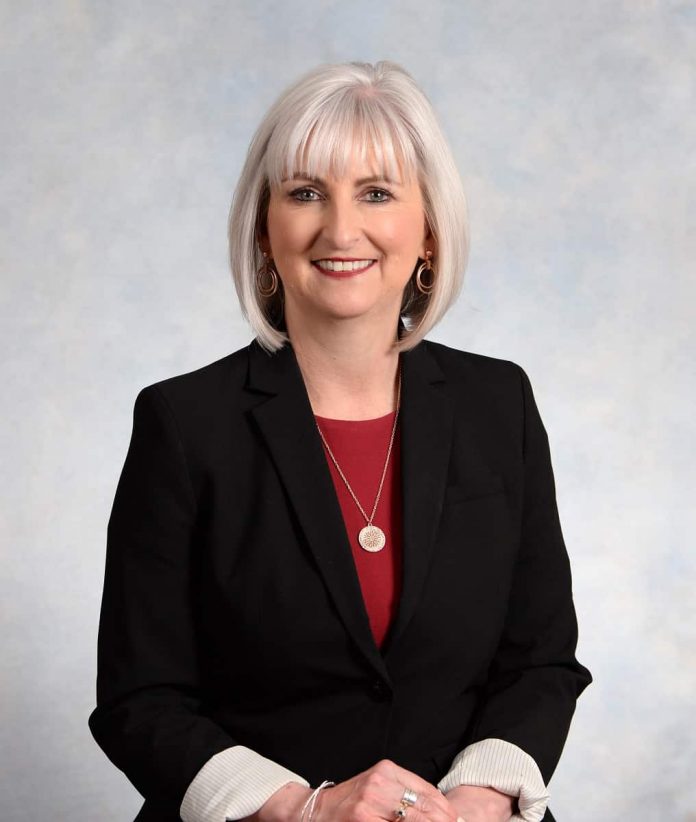B.C. Teachers’ Federation President Teri Mooring responded to the government’s changes to the K–12 COVID-19 guidelines on Thursday with praise for some key changes and concern that some steps were not taken.
The Province announced that all middle and secondary students and K-12 staff will now be required to wear non-medical masks in all indoor areas, including when they are with their learning groups. However, for elementary students, wearing masks indoors remain a personal choice.
“Overall, BC teachers will be relieved to see the government and health officials finally move on key safety measures like a stronger mask mandate and the potential to improve access to much-needed layers of protection like barriers,” said Mooring. “BC teachers have been pushing for critical improvements to the health and safety guidelines in our schools since they were first implemented in September. These changes are long overdue and took a tremendous amount of advocacy from our members and representatives on the government’s steering committee and working group.”
“Today’s changes will make schools safer and that is welcome news. However, the changes do not include improvements to school density, ventilation, or the ongoing inadequacy of contact tracing. We need the government, school districts, and health authorities to step up and make improvements in those areas as well. More can be done to protect teachers, other education workers, students, and the families we all go home to. The employer and health officials have the power to take those steps.”
Mooring added that some of these changes can and should be implemented within a matter of days.
“Teachers, support staff, students, and parents have waited a long time for safety improvements. We can’t afford any more delays.”
Here are some of the changes the BCTF supports:
– The increased clarity for key safety measures that will reduce uneven implementation across the province.
– The stronger mask mandate for middle and secondary schools.
– The removal of the term “not recommended” for mask wearing in elementary schools.
– The clear emphasis on the importance of all safety measures and the need for improved layers of protection like barriers for those that need them. The BCTF has had to take the issue of barriers to the Labour Relations Board troubleshooting process because some districts refuse to provide them.
– The additional guidance for physical health education and music classes that address key concerns and allow those classes to proceed in a safer manner. These changes were done in consultation with the Federation’s Provincial Specialist Associations and set a good example of how health officials can work with the expertise within the teaching profession.
– The emphasis on a positive and inclusive approach to enforcement that focuses on prevention and not punitive or stigmatizing approaches.
The BCTF’s outstanding concerns include:
– The stronger mask mandate does not apply to elementary students. However, the removal of the term “not recommended” will make it easier for teachers and school staffs to encourage more mask wearing. Parents and caregivers can help by ensuring their children go to school with masks. Districts should supply additional masks to students and staffs.
– The lack of action to reduce school and classroom density will not help staff and students maintain physical distancing. However, it is good to see the recommended distance revert to two metres after public health changed it to one to two metres in the fall. Despite that positive change, distancing rules still don’t apply in classrooms.
– The learning group cohort model has not changed and has proven to be a weak safety measure.
– The absence of clear directives to improve ventilation.
– The inaction on improving the contact tracing system.
The BC Teachers’ Federation says it continues to work proactively on the government’s K–12 Steering Committee and Health and Safety Work Group, on ongoing efforts to improve the safety of schools.












